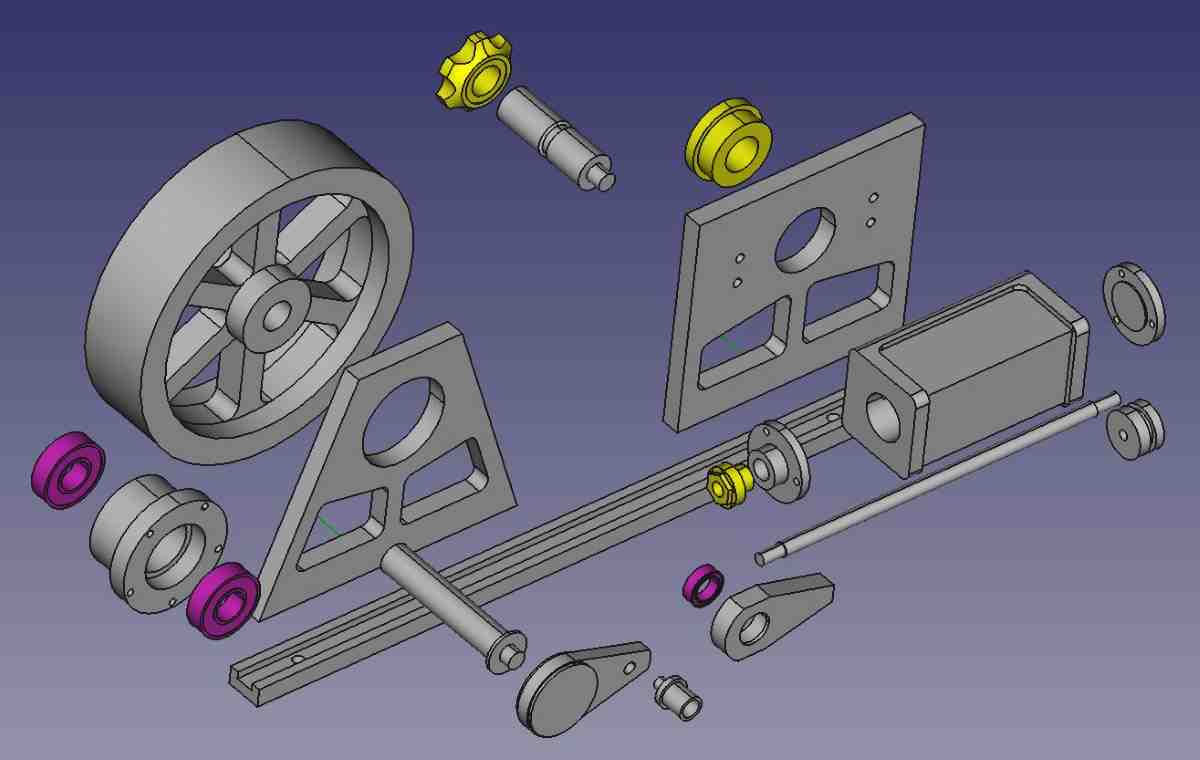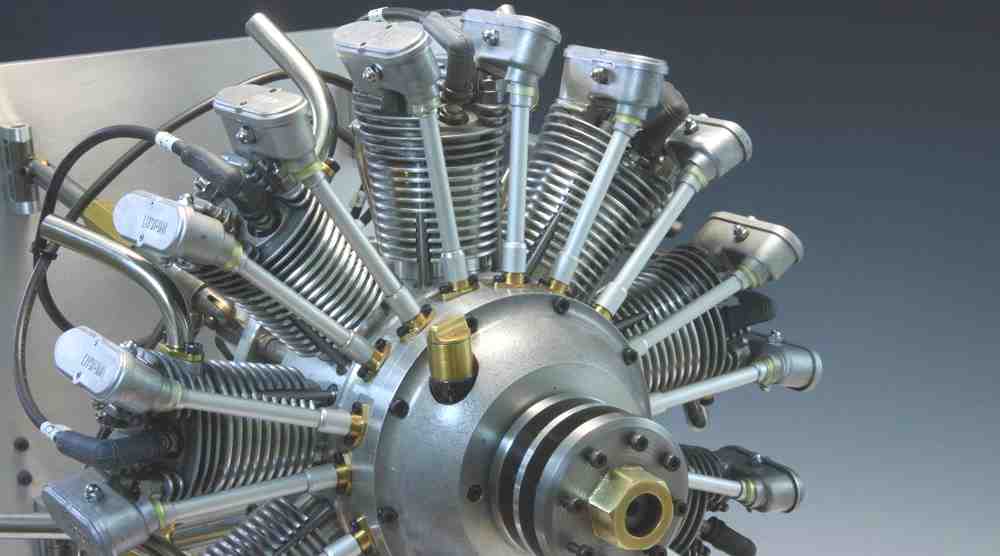I was thinking how many parts in a model engine...so I had a look at a few examples, I will try and add some more examples:
A simple oscillating steam engine (such as a Mamod) has less than 10 parts, although this could be reduced as the crank is pushed together from 3 parts.
My simple oscillating engine has 20 parts, but then add fixings, pipes etc and this has a total of 50 parts:

However, take a look at this Wright radial engine made by Ken-ichi Tsuzuki:

This has over 1500 parts. This takes skill and stamina to make.
A simple oscillating steam engine (such as a Mamod) has less than 10 parts, although this could be reduced as the crank is pushed together from 3 parts.
My simple oscillating engine has 20 parts, but then add fixings, pipes etc and this has a total of 50 parts:

However, take a look at this Wright radial engine made by Ken-ichi Tsuzuki:

This has over 1500 parts. This takes skill and stamina to make.




